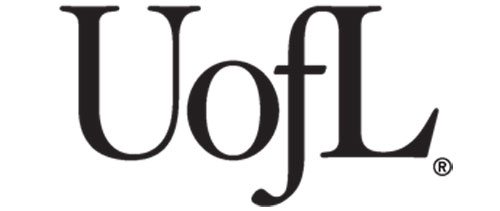
August 14, 2017; National Law Review
NPQ has been covering the breakdown and rebuilding of trust in the University of Louisville Foundation since last year, when the dual role of James Ramsey, then U of L president and CEO of the foundation, raised flags on the strength of the foundation’s governance and potential conflicts of interest. Since then, Ramsey has resigned and the full U of L Foundation board has turned over, replaced with a new interim executive director, Keith Sherman, and a board led by Diane Medley. A forensic audit demanded by donors recently confirmed that under Ramsey’s leadership, the foundation authorized excessive spending, including on executive compensation, and realized unrecorded endowment losses to the tune of $120 million. Most of this activity happened without board knowledge or board approval.
Aside from serving as a thorough case study on the deterioration of nonprofit governance and the risk of placing excessive power in the hands of one individual, it also highlights an interesting role for donors. The James Graham Brown Foundation and the C.E. and S. Foundation, two of U of L’s significant supporters, pushed for the forensic audit to be conducted and contributed $1M to support the university in carrying it out. This move by these two large donors signals both caution—in not making further donations until the audit is complete—and long-term confidence through their willingness to invest significantly in fixing a broken institution.
Sign up for our free newsletters
Subscribe to NPQ's newsletters to have our top stories delivered directly to your inbox.
By signing up, you agree to our privacy policy and terms of use, and to receive messages from NPQ and our partners.
As one would expect amid such controversy, donations to the university have been falling rapidly, down 25 percent from 2016–17. The forensic audit and complete replacement of leadership was meant to rebuild trust in the foundation as quickly as possible.
Donors taking a heavy hand with nonprofit beneficiaries, particularly in driving or directing the administration of grants, can often be fraught. Indeed, NPQ typically takes the perspective that donors should leave the governing and operations of a nonprofit to the staff and board. We have seen such efforts from donors (or on their behalf) fail or falter interminably as the locus for decision-making wavered between the donors and the entity being saved, with the strength of the entity’s connection growing weaker. However, this situation is atypical. In this case, involvement from donors served as a critical check on the abused powers of the staff and board and may be exactly what the U of L foundation needs to recover from such significant malfeasance.
In this case, the art will be in knowing how and when to step back to allow the new board and leadership of the foundation to prove that they can reverse the practices of the past and become deserved stewards of U of L’s philanthropy.—Danielle Holly











